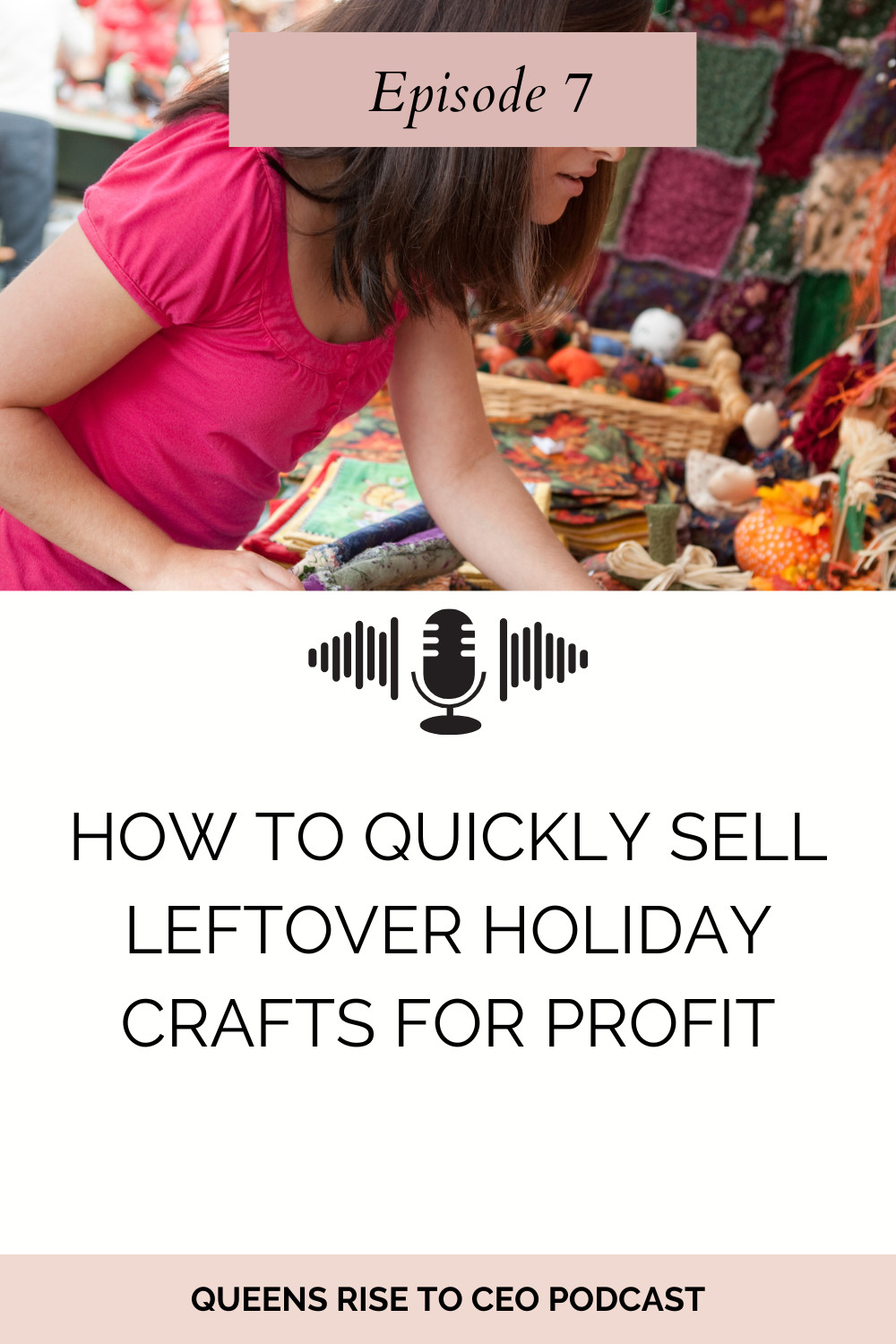
In this episode I will be diving deep into the art of repurposing and revitalizing leftover inventory. Acknowledging the familiar sight of unused products tucked away in craft rooms, here are some practical tips to transform these items into profitable ventures.
Whether it's adding new touches, rebranding as signature pieces, or exploring tax implications, she guides listeners through thoughtful strategies to monetize their creativity effectively.
1. Refurbish and Enhance Existing Inventory
One of the easiest ways to maximize profit from leftover inventory is to refurbish and enhance existing products. Take a look at your unsold items and consider what small additions or modifications could make them more appealing.
Adding a decorative element like a hang tag, a bow, or even some new colors can transform an item’s look and feel. For example, a seemingly plain piece of jewelry can become a bestseller with a splash of vibrant color or an additional charm. By giving your products a fresh twist, you can attract new customers without significant additional costs.
2. Market Unique Selling Points
Items that haven’t sold can often be repositioned as unique, one-of-a-kind pieces. Highlighting the exclusivity of these products can create a sense of urgency and desirability among buyers. Use terms like "signature piece" or "limited edition" to convey the uniqueness of your items. Adding a special card or a personalized note can further enhance their value. By marketing these products as unique, you tap into a niche market that values individuality and exclusivity, making it easier to sell items that might otherwise gather dust.
3. Leverage Tax Benefits
Understanding the tax implications of leftover inventory can also help maximize your profit. Research whether your unsold items can be written off as a business expense. The cost of materials, labor, and even the initial retail price might be considered when filing taxes. Although it requires some research and possibly consulting with a tax professional, leveraging these benefits can provide financial relief and offset some of the losses from unsold inventory. This strategy not only helps clear out old stock but also ensures that you’re financially savvy about your crafting business.
4. Reuse and Recycle Materials
For crafters, materials are often a significant expense. If some of your products can't be sold as they are, consider taking them apart and reusing the materials for new projects. For example, fabric, buttons, and stuffing from unsold dolls can be used in creating new, more desirable products. This approach not only reduces waste but also cuts down on the cost of new materials, ultimately increasing your profit margins. Being resourceful with your materials is a key strategy in maintaining a profitable crafting business.
5. Strategic Inventory Planning
Finally, strategic planning of your inventory can prevent future excess. Analyze which items have consistently sold well and which have not. This analysis can inform your production decisions, ensuring that you create more of what sells and less of what doesn’t.
By aligning your inventory with market demand, you minimize the risk of overproduction and maximize your chances of selling your entire stock. This proactive approach helps in maintaining a lean and profitable inventory, ensuring that you’re always catering to your customers’ preferences.
Maximizing profit from your extra craft inventory requires creativity, strategic thinking, and a willingness to adapt.
By refurbishing products, highlighting unique selling points, understanding tax benefits, reusing materials, and planning inventory strategically, you can turn your leftover items into profitable opportunities.
Embrace these strategies, and watch your crafting business thrive.


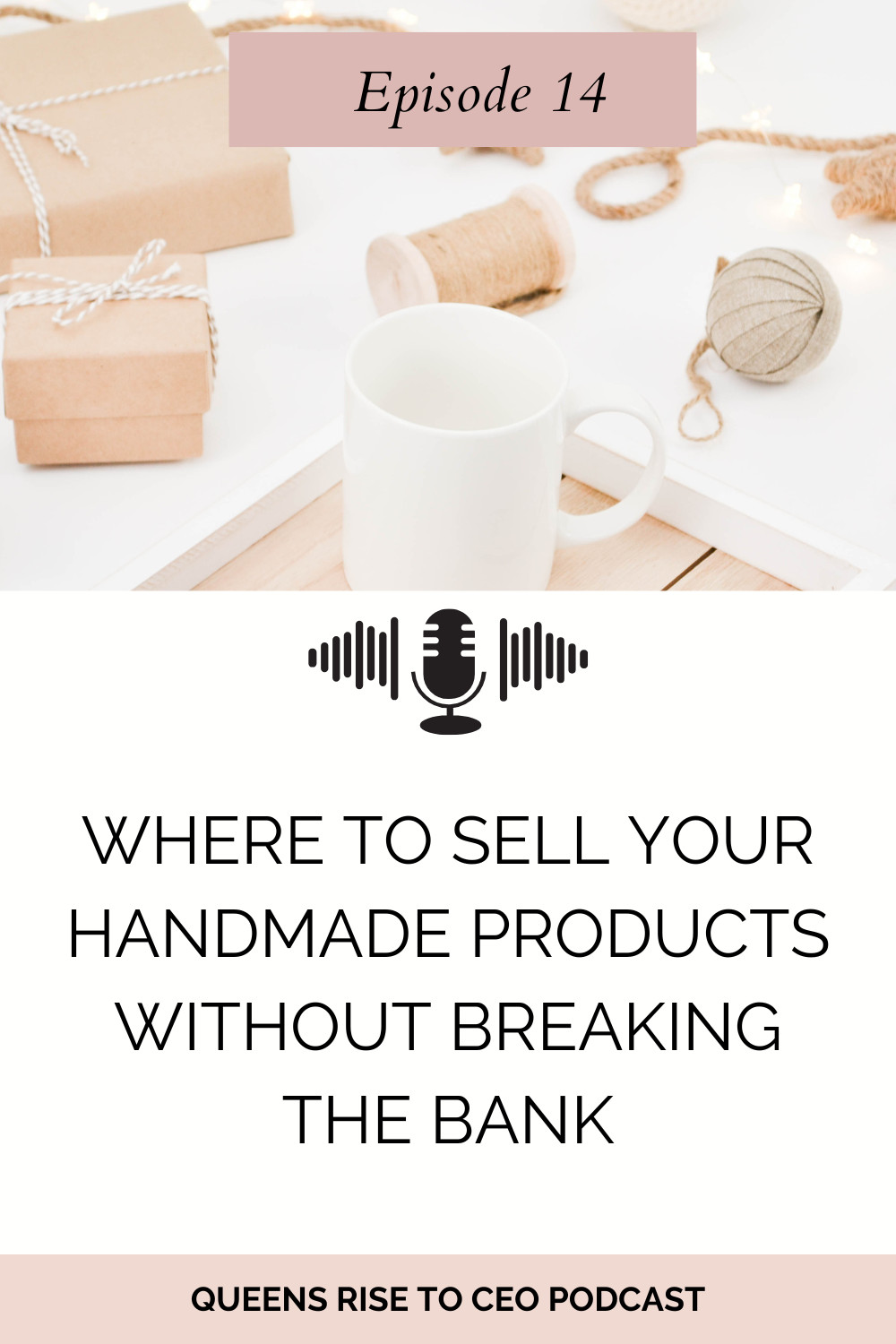
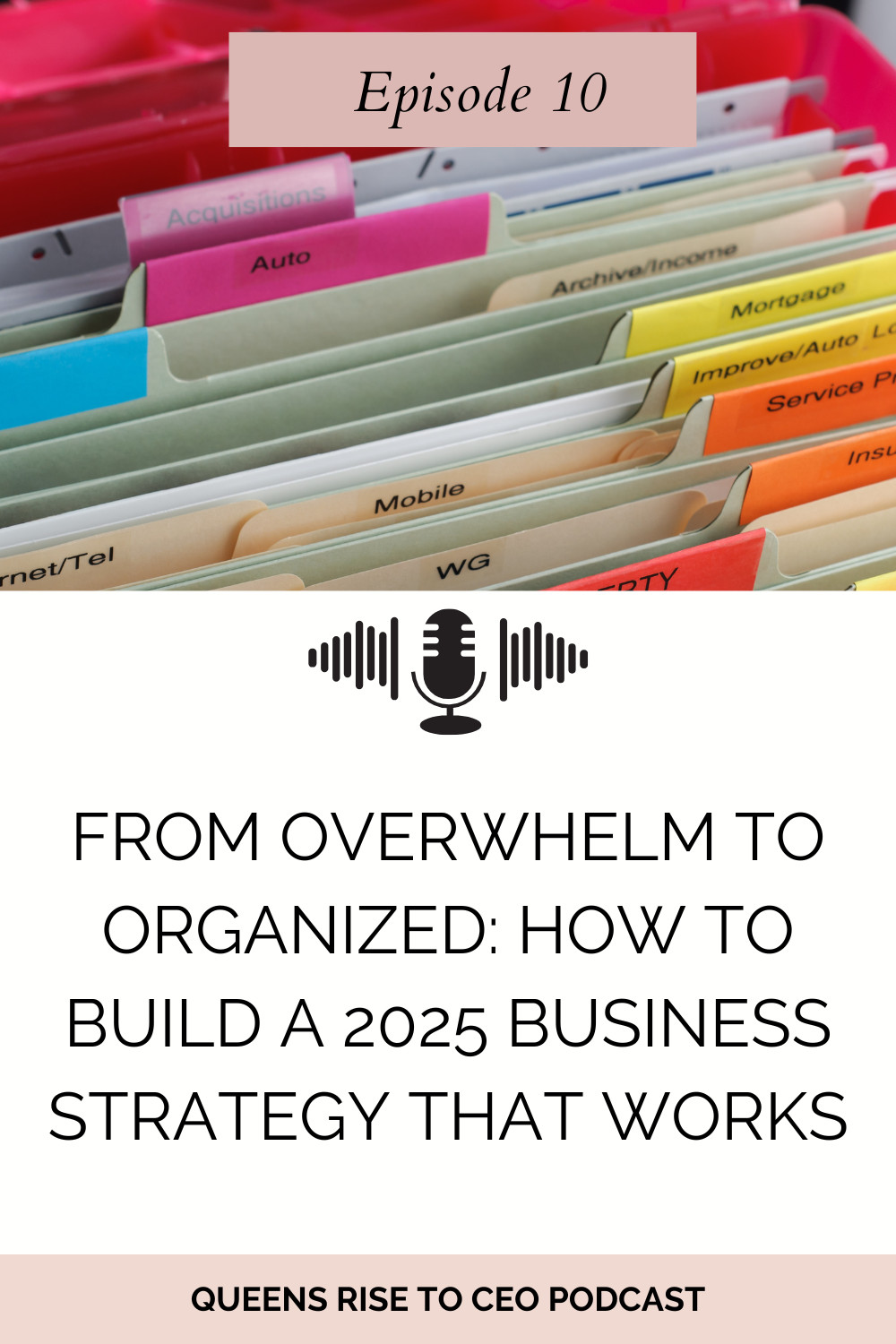



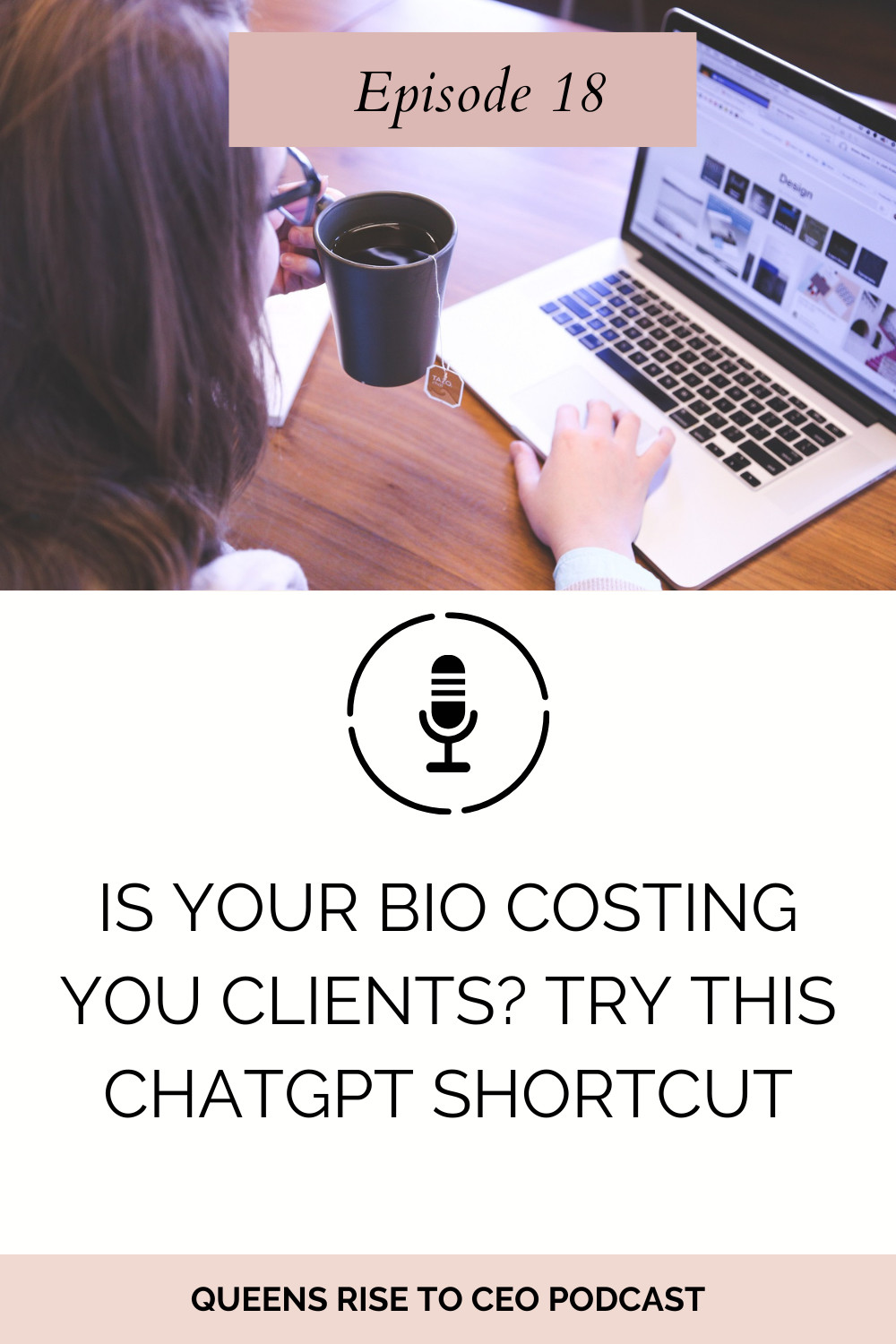


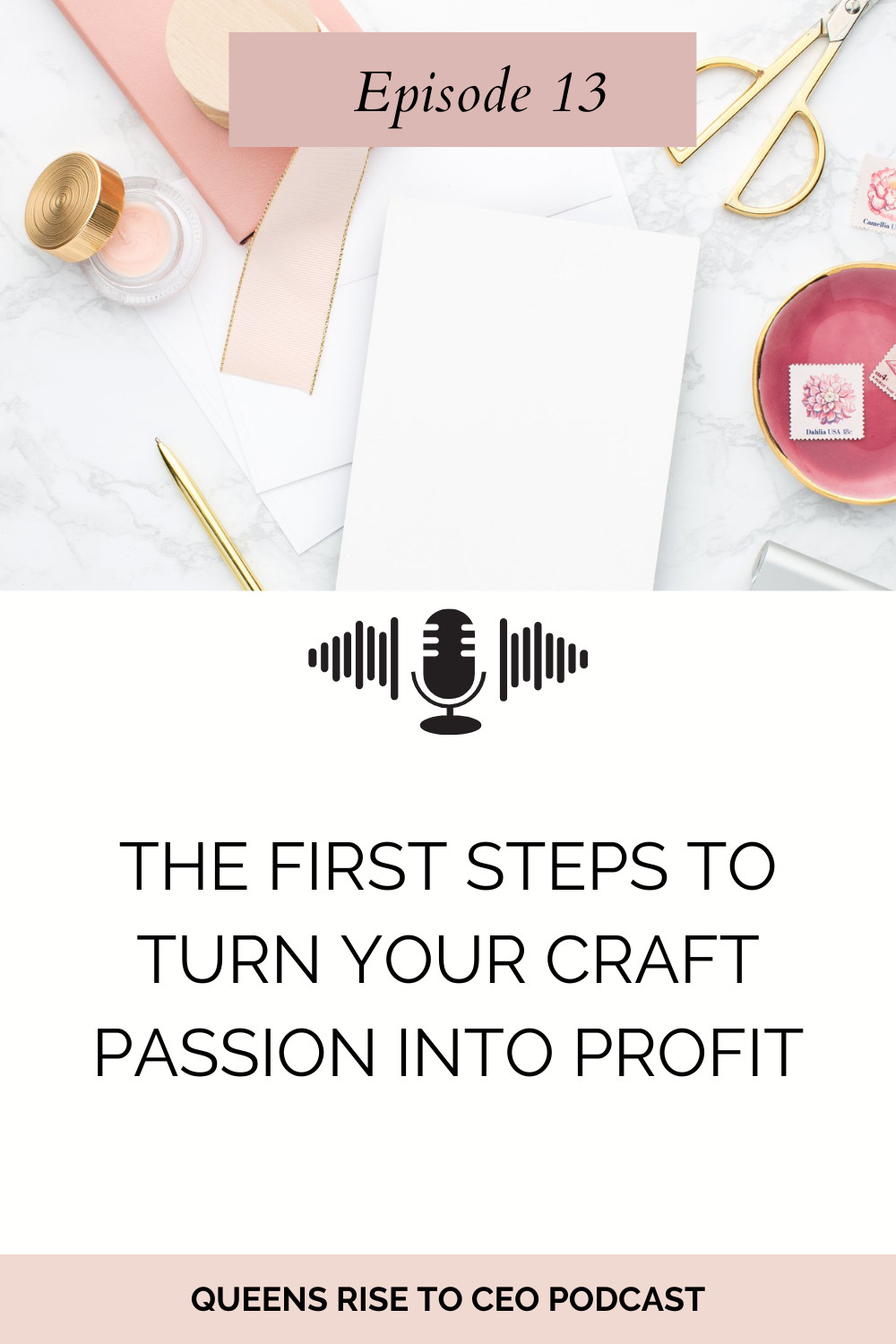
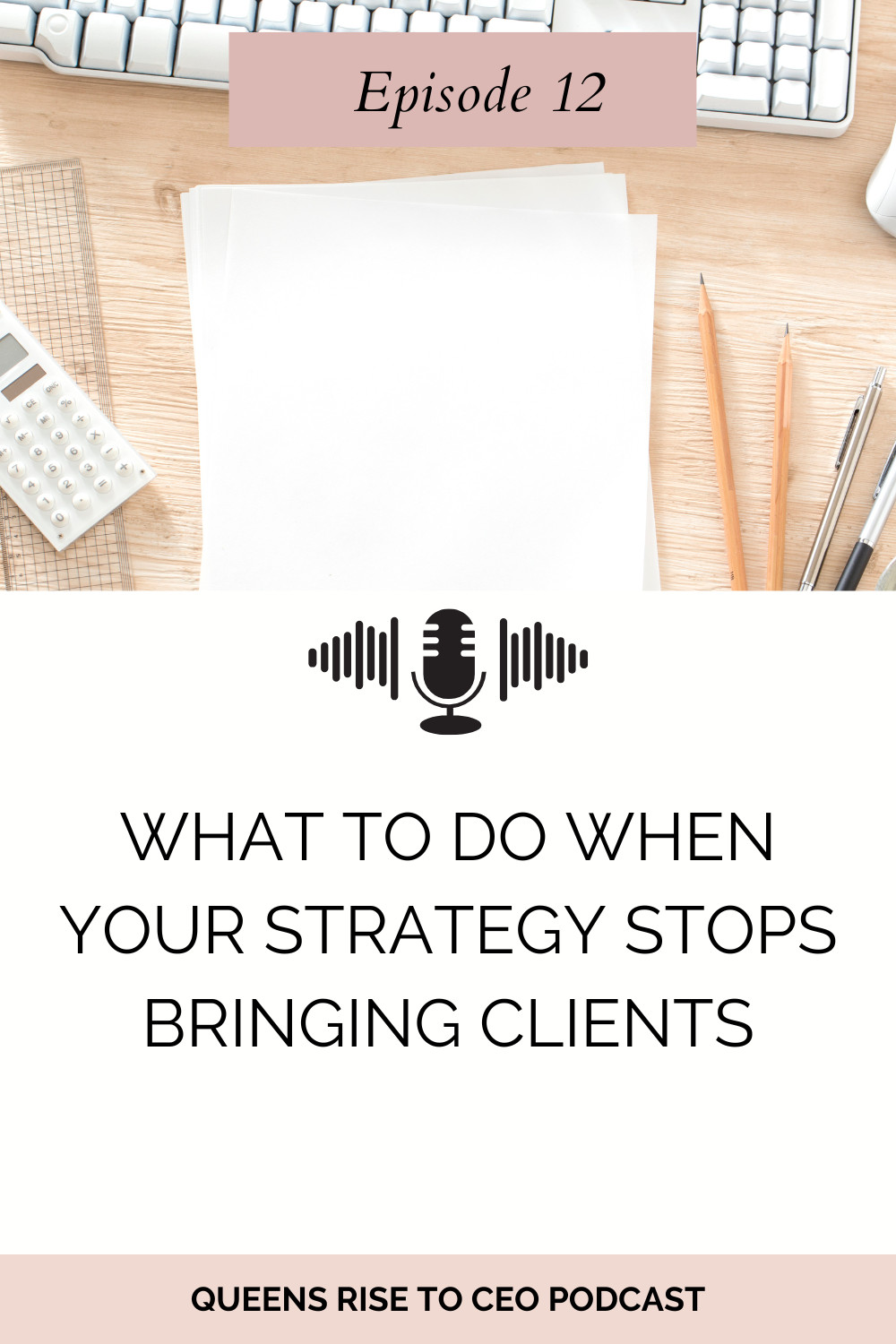




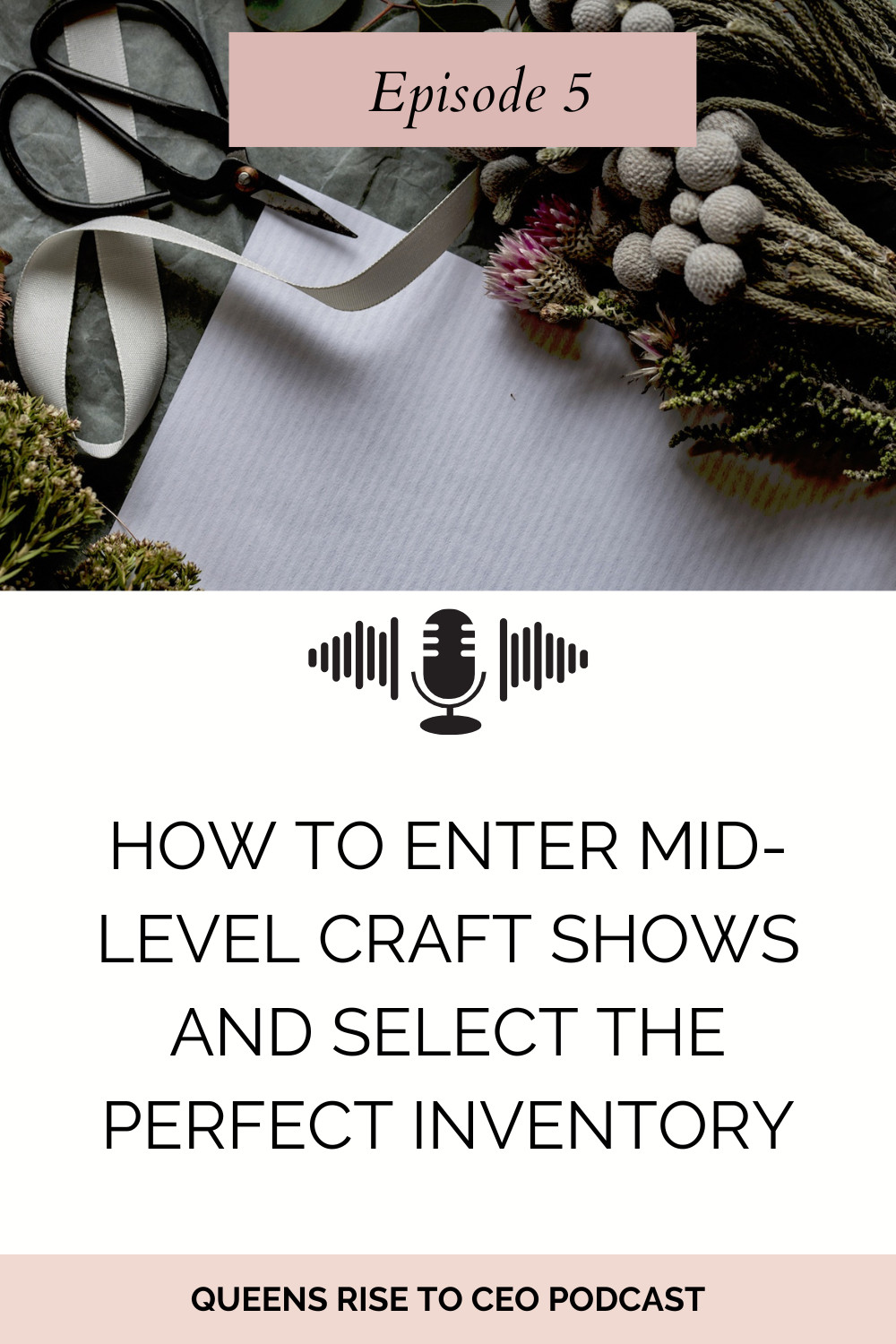
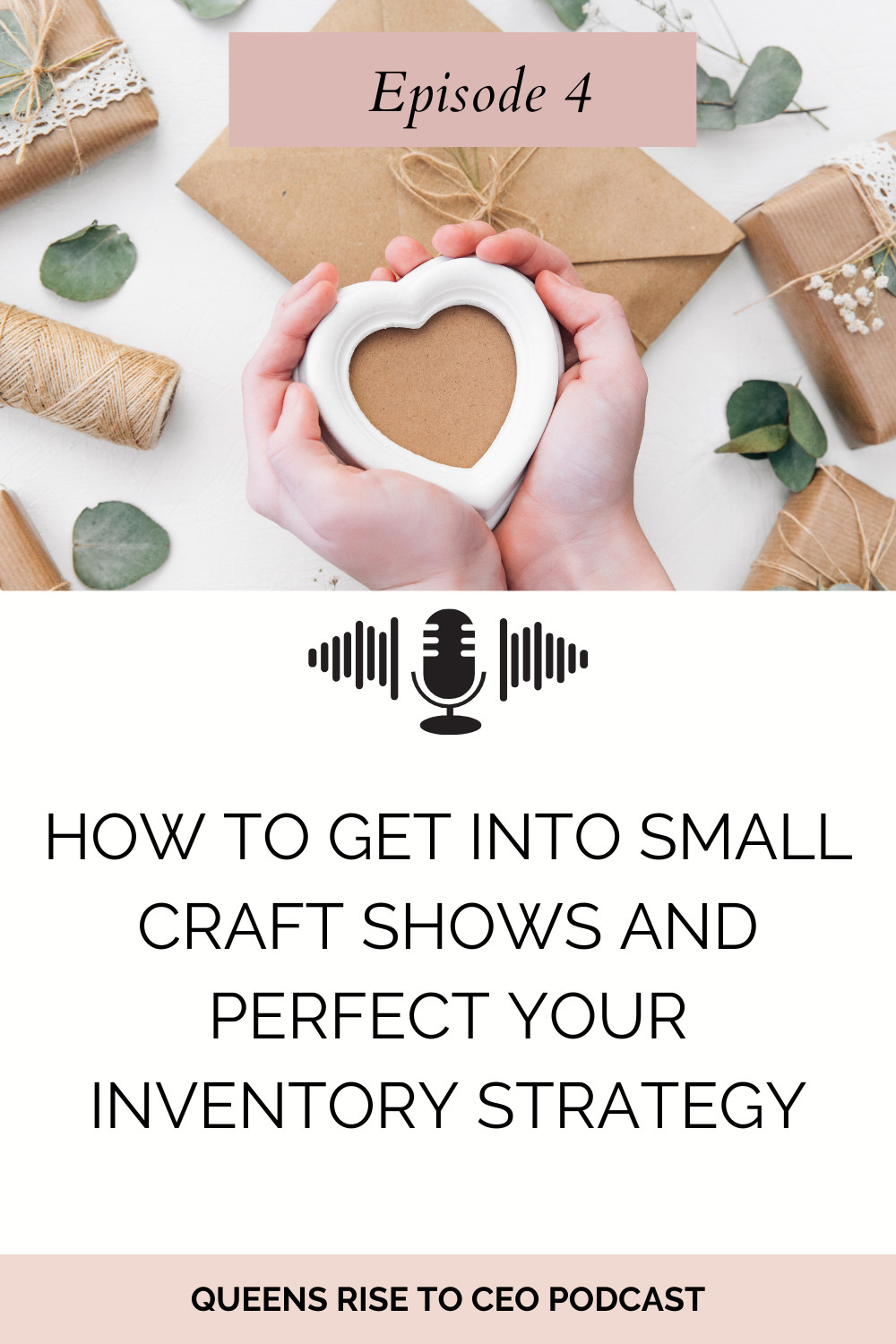










0 Comments